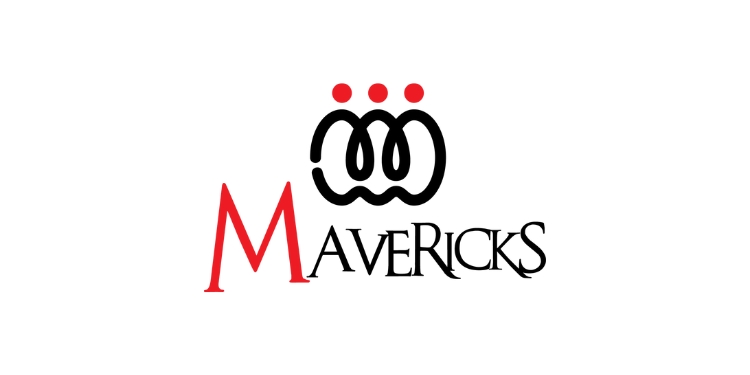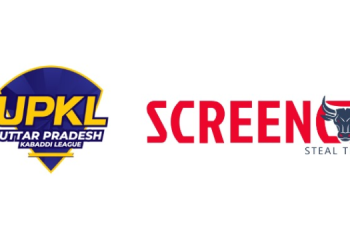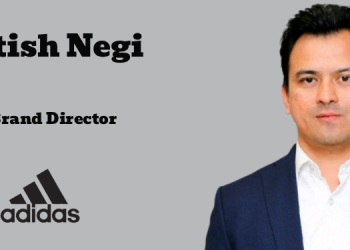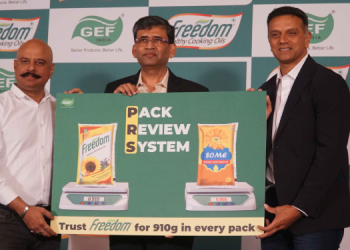MUMBAI: Premiums charged by key food aggregators in India generate an overall ecosystem cost of Rs. 9,000-11,000 crores
The Mavericks India, an integrated marketing agency, announced the release of its latest research report, ‘Food Delivery Unwrapped: Uncovering Hidden Costs on India’s Aggregator Platforms’. This analysis delves into the often-overlooked costs associated with ordering through popular food delivery aggregators in India, offering insights into the premiums consumers unknowingly pay when choosing convenience over direct restaurant orders.
The report, built on an analysis of data across three major platforms—Swiggy, Zomato, and Magic Pin—sheds light on the price inflation and hidden costs embedded in food aggregator services, including delivery fees, packaging charges, and the marginal utility of premium subscriptions like Zomato Gold. It compares these with the more transparent pricing on restaurant-owned delivery platforms and reveals significant disparities.
Key Highlights from the Report:
The aggregators’ pricing models have tiny layers of seemingly negligible amounts worked into them in a manner that may or may not pinch the consumers’ pocket in that moment. But digging a little deeper and crunching some numbers revealed that all the premiums charged by the key aggregators in India generate an overall annual ecosystem cost of ₹9,000-11,000 crores!
- Carefree Ordering? Aggregators Serve Up Stealthy Wallet Drain: The report reveals an average aggregator premium of ₹46 per dish (in hidden costs) as compared to delivery orders placed on restaurant’s own channels. Conservatively, this translates to an additional annual financial burden of at least ₹12,000 for the average Indian household in major metro/ tier-1 cities.
- Tiny Tweaks, Big Bucks: Aggregators’ Price Puzzle: Incremental differences in fees, such as 150-200% higher delivery charges are significant, and the cumulative financial implication of that can be substantial for consumers. Where 46% of restaurants don’t charge any delivery fees on their owned channels, most of them do indicate it on aggregator platforms.
- Same Wrap, Higher Fee: Aggregators’ Packaging Surprise! Food aggregators charge Rs. 2 more for packaging than restaurants, even though the packaging remains the same. When added up, this seemingly insignificant charge makes up for Rs. 400 crores of the annual ecosystem revenues.
- Gold or Glitter? Uncovering the Membership Myth: A prominent aggregator’s premium subscription offers limited added value, with non-members often accessing similar benefits for orders over Rs. 199.
- Sweet Tooth Tax; Veggie Not-So-Delight: Desserts incur a 15% premium on aggregator platforms, while vegetarian items see an 11% price bump compared to non-vegetarian options.
- Chain Reaction: More Branches, Lower Delivery & Packaging Fees! Restaurants with more branches tend to charge lower fees, with delivery and packaging fees ranging from Rs. 26 to Rs. 118 depending on the scale of the restaurant.
- Dine-In Delight, Delivery Fees Bite: What’s Going On? Delivery fees for dine-in restaurants are Rs. 6.5 higher on average compared to delivery-first restaurants on aggregator platforms.
Chetan Mahajan, founder, CEO of The Mavericks India, commented on the findings, saying, “As convenience drives more consumers towards food aggregators, the hidden costs of delivery, packaging, and perceived membership benefits can often add up to a significant financial drain over time. According to behavioural economics, consumers are more likely to accept dispersed, smaller fees, than a large lump sum, which potentially explains the cost breakdown of these aggregators. Our report not only breaks down these costs but also advocates for greater transparency. Consumers should be able to make informed decisions about their spending.
Based on the current trends and general observations, the report also ventures into futuristic speculations of possible trends in the food delivery ecosystem. The report explores various scenarios including the possibility of food aggregators setting up their own packaging businesses, adopting drone technology for faster delivery, and offering predictive meal options based on customer habits. While these ideas speak to a future with even greater convenience and simplicity, they also indicate the potential for driving up costs for customers.
















